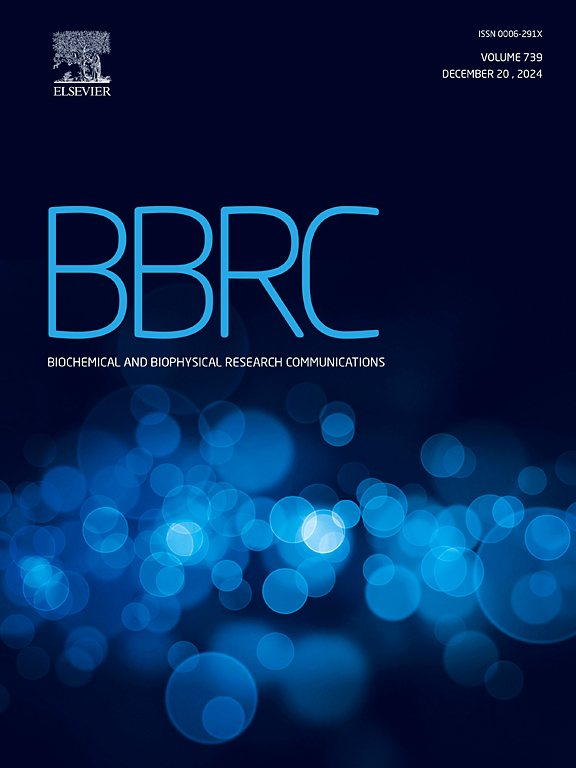Estimation of optimal culture conditions for Gedaniella panicellus GPYS21 (Fragilariaceae) as a high-yield bioresource for palmitoleic acid and fucoxanthin production
IF 2.5
3区 生物学
Q3 BIOCHEMISTRY & MOLECULAR BIOLOGY
Biochemical and biophysical research communications
Pub Date : 2025-03-02
DOI:10.1016/j.bbrc.2025.151579
引用次数: 0
Abstract
Gedaniella panicellus, a marine diatom belonging to the family Fragilariaceae, has not yet been explored for its biotechnological potential. This study aimed to optimize the growth of G. panicellus using response surface methodology and assess its cellular biochemical composition to verify the production of value-added compounds. The strain was identified through morphological and phylogenetic analyses, with optimal conditions of 20.50 °C, pH 7.33, and 42.32 PSU salinity. Its biochemical profile revealed 24.38 % proteins, 33.05 % carbohydrates, and 37.28 % lipids. Fatty acid analysis showed that the G. panicellus produces a high level of palmitoleic acid (62.37 %), exceeding the yields from macadamia nut and other microalgae. Pigment analysis indicated significant fucoxanthin production (9.21 mg/g), along with diadinoxanthin (2.21 mg/g), and β-carotene (0.49 mg/g) contents. Additionally, the strain synthesises various essential and nonessential amino acids. These findings highlight G. panicellus—first recorded in South Korea—as a promising bioresource for palmitoleic acid and carotenoid production, with potential applications in cosmetics and nutraceuticals.

求助全文
约1分钟内获得全文
求助全文
来源期刊
CiteScore
6.10
自引率
0.00%
发文量
1400
审稿时长
14 days
期刊介绍:
Biochemical and Biophysical Research Communications is the premier international journal devoted to the very rapid dissemination of timely and significant experimental results in diverse fields of biological research. The development of the "Breakthroughs and Views" section brings the minireview format to the journal, and issues often contain collections of special interest manuscripts. BBRC is published weekly (52 issues/year).Research Areas now include: Biochemistry; biophysics; cell biology; developmental biology; immunology
; molecular biology; neurobiology; plant biology and proteomics

 求助内容:
求助内容: 应助结果提醒方式:
应助结果提醒方式:


